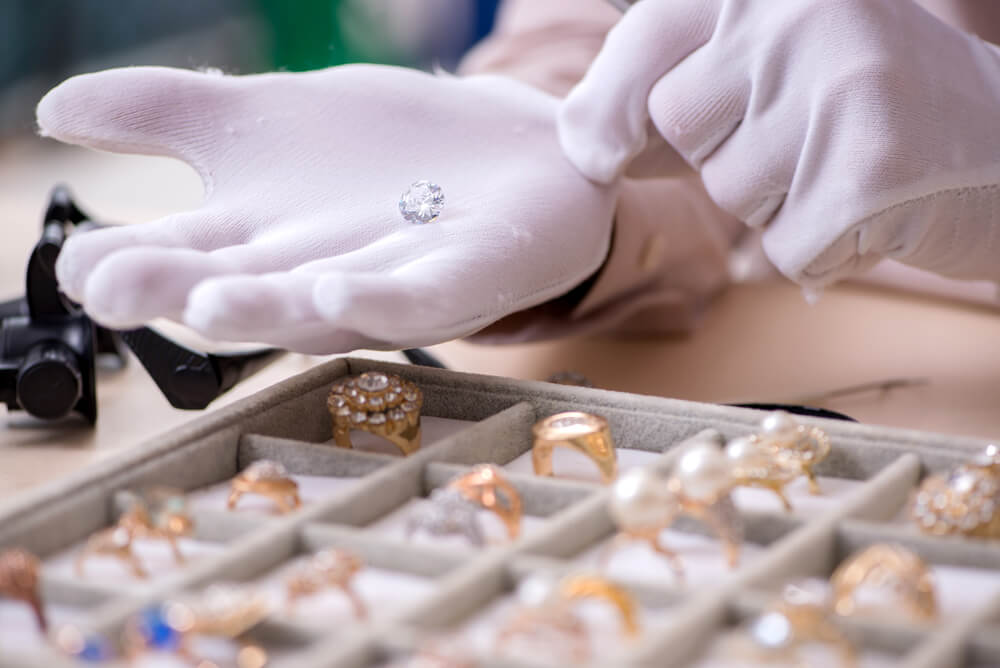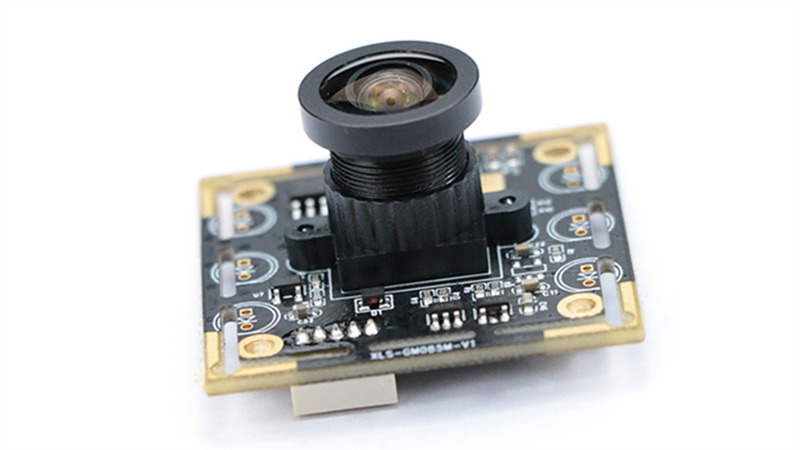
Introduction
Ah, diamonds! They’re the timeless treasures that have adorned royalty, been immortalized in song, and symbolize eternal love. When you hear someone ask, “how big is your diamond?”, it’s not just a matter of size, but a deep dive into a world where science meets art. This gem, formed under extreme pressure over millions of years, holds mysteries that fascinate gemologists and romantics alike. Let’s take a journey to understand what makes a diamond big, and why size isn’t the only thing that matters.
The Magic of Carat Weight
What is Carat Weight?
So, let’s start with the basics. The carat is the unit of weight used to measure diamonds and other gemstones. One carat equals 200 milligrams, or 0.2 grams. Simple enough, right? But the way carat weight affects a diamond’s value and appearance is anything but straightforward.
1 Carat Diamond: Roughly 6.5mm in diameter
2 Carat Diamond: About 8.2mm in diameter
3 Carat Diamond: Around 9.3mm in diameter
These are just approximations since the cut and shape can make a big difference.
Carat vs. Size
Here’s where things get interesting. A diamond’s carat weight doesn’t necessarily equate to its visual size. Due to variations in the cut, two diamonds of the same carat weight can look quite different. For example, a poorly cut 1-carat diamond might appear smaller than a well-cut 0.9-carat diamond. The cut’s quality can enhance or diminish the diamond’s brilliance and, consequently, its perceived size.
Why Size Isn’t Everything
Bigger isn’t always better. While a larger carat size can certainly make a diamond more impressive, the cut, clarity, and color are equally important in determining its beauty and value. Imagine a massive diamond that’s cloudy or poorly cut—it just won’t have the same dazzling effect as a smaller, perfectly cut stone.
The 4 Cs of Diamonds
Cut
The cut is the only C influenced by human hands, and it’s arguably the most critical. A well-cut diamond reflects light beautifully, creating that sparkle we all adore. The cut affects the diamond’s symmetry, proportion, and polish, influencing how light travels through it and returns to the eye.
Clarity
Clarity refers to the presence of internal inclusions or external blemishes. While most diamonds have imperfections, many are microscopic and don’t affect the diamond’s appearance. However, large or numerous inclusions can interfere with light passing through the diamond, affecting its brilliance.
Color
The best diamonds are colorless, but many have a slight yellow or brown tint. The color grading scale ranges from D (colorless) to Z (light color). Generally, the less color, the higher the value.
Carat
While we’ve already discussed carat weight, it’s worth mentioning that the 4 Cs work together. A smaller diamond with a superior cut, clarity, and color can often outshine a larger one that falls short in these areas.
How to Choose the Right Size Diamond
Consider the Occasion
When selecting a diamond, context is key. Are you buying an engagement ring, a gift for a milestone anniversary, or perhaps an investment piece? The occasion can help determine how big your diamond should be. For engagement rings, the average size in the U.S. is around 1 carat, but personal preference and budget are significant factors.
Finger Size and Ring Setting
Believe it or not, the size of your finger and the style of the setting can affect how big a diamond appears. A 1-carat diamond will look larger on a slender finger than on a larger one. Similarly, lab diamonds, certain settings, like a halo, can make a central diamond appear bigger than it actually is.
Budget Considerations
Diamonds are priced per carat, and the price increases exponentially with the carat weight. If you’re working within a budget, you might opt for a slightly smaller carat size but prioritize a higher cut quality. This way, you get maximum sparkle without breaking the bank.



